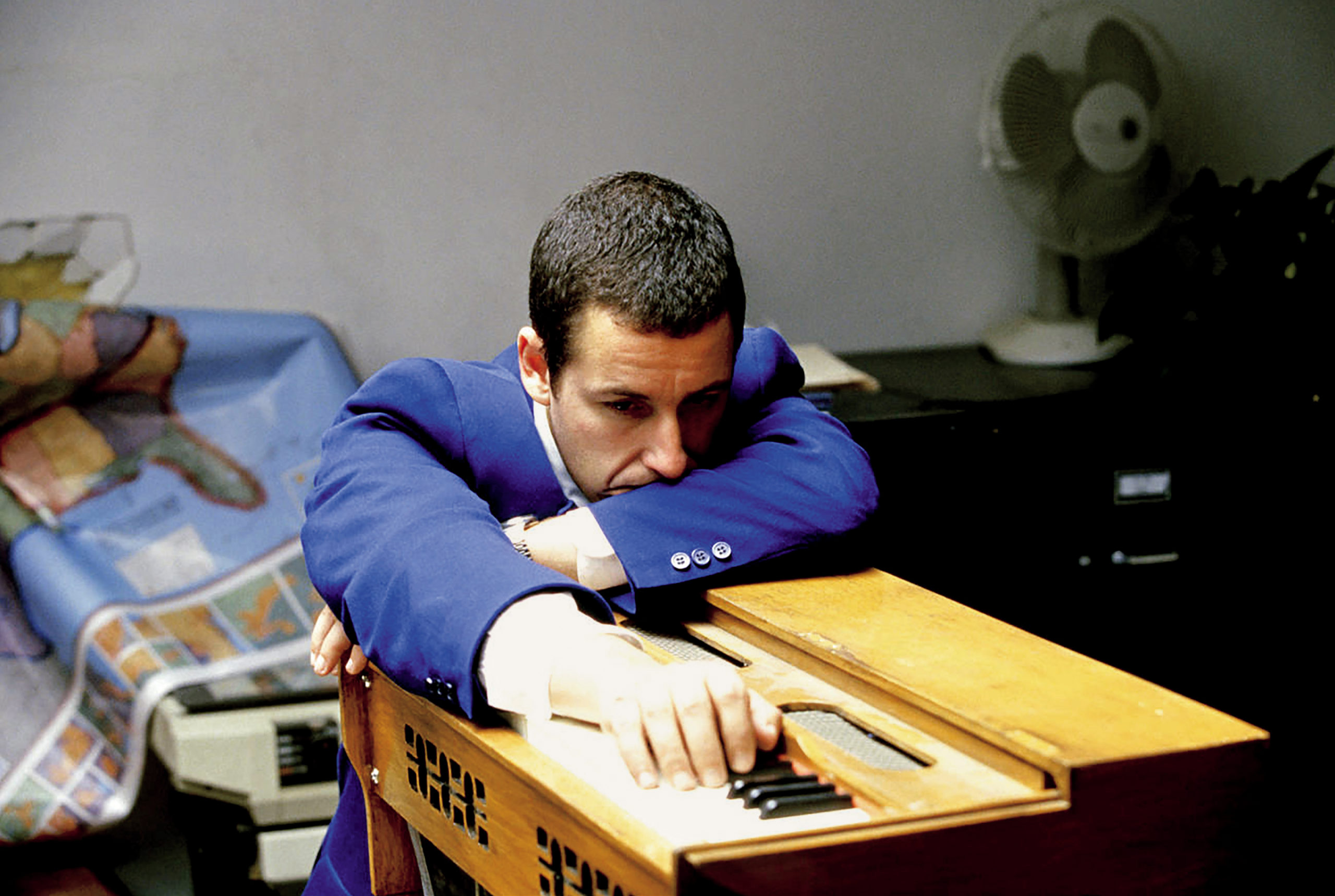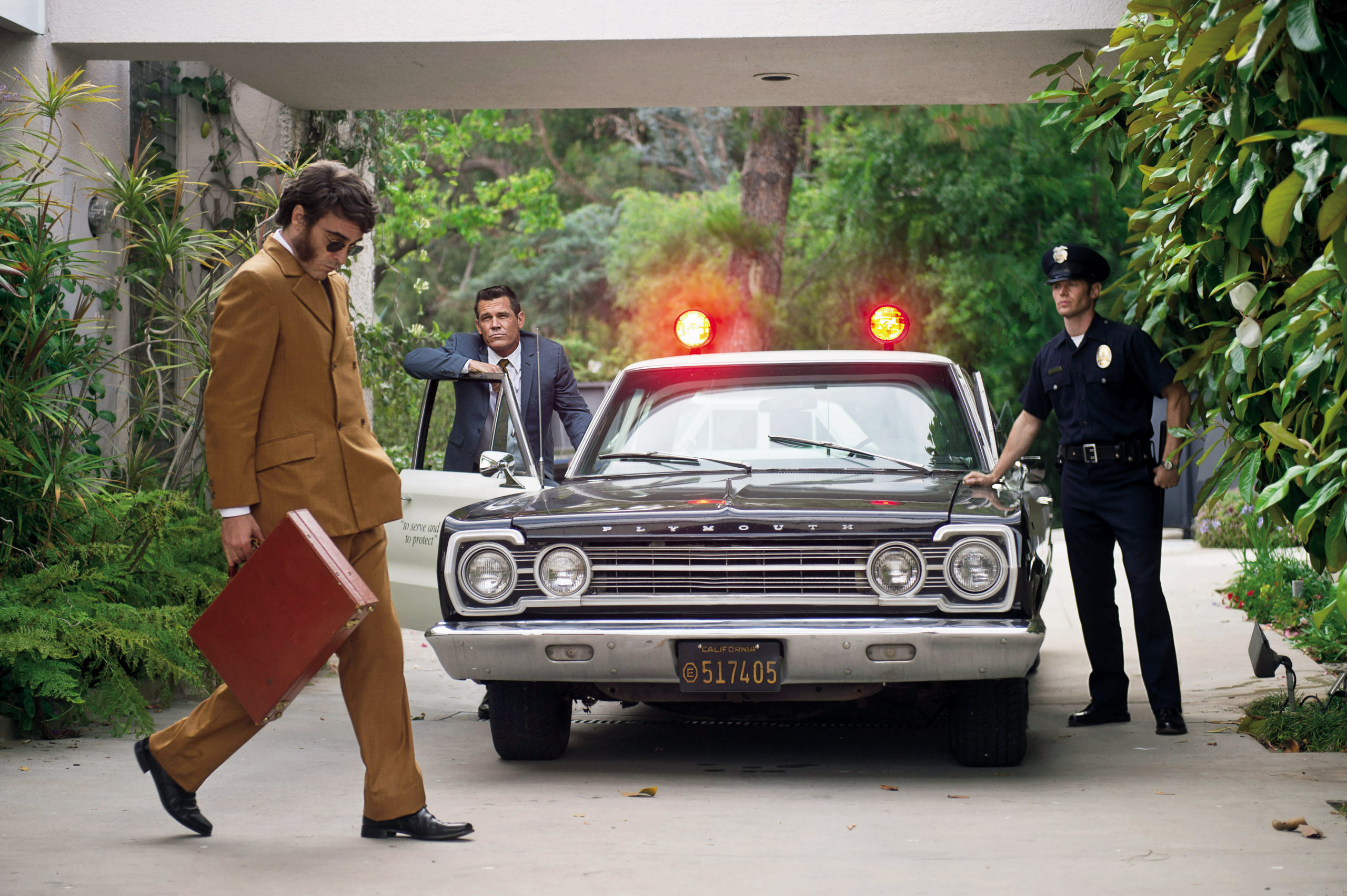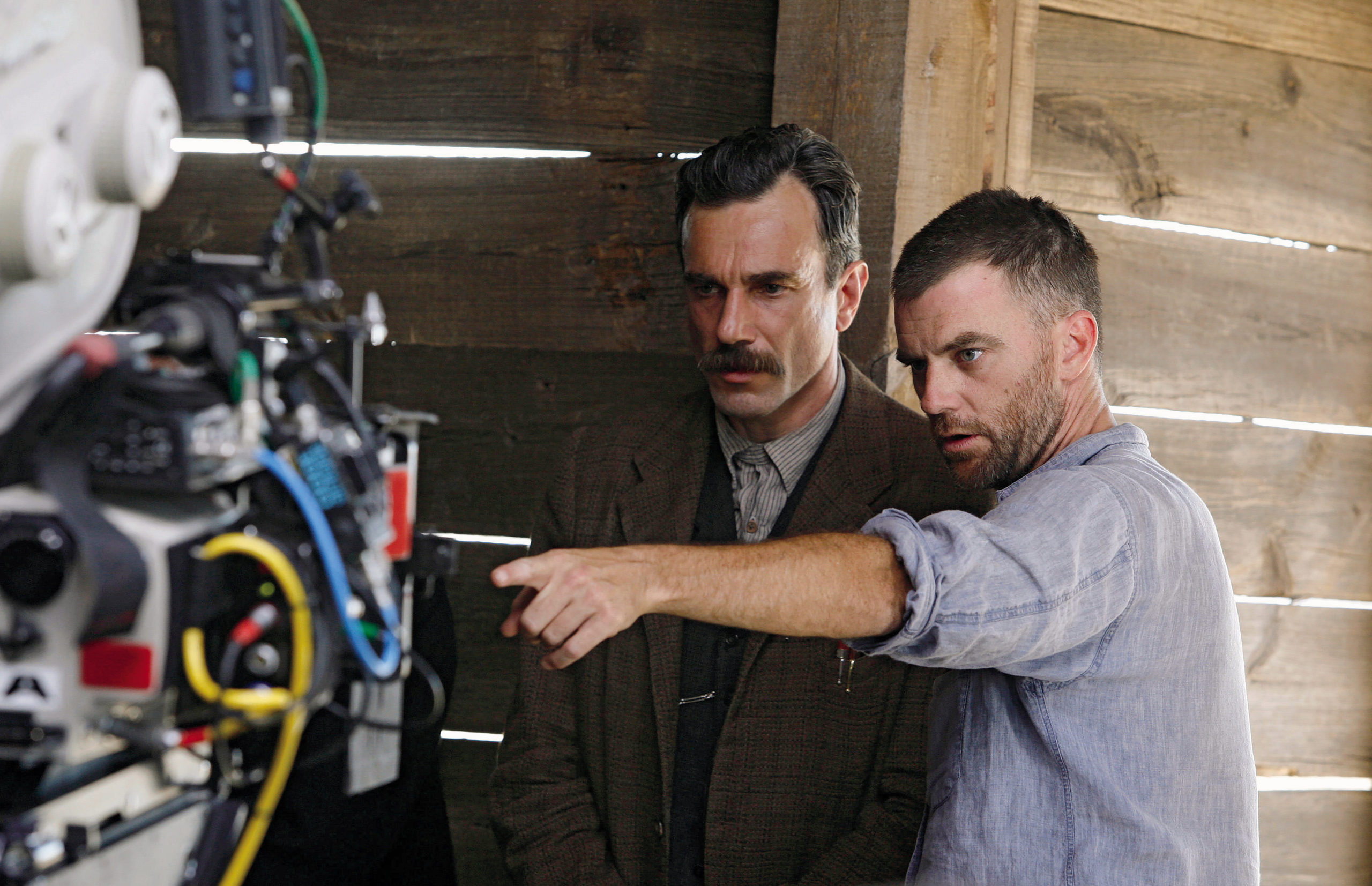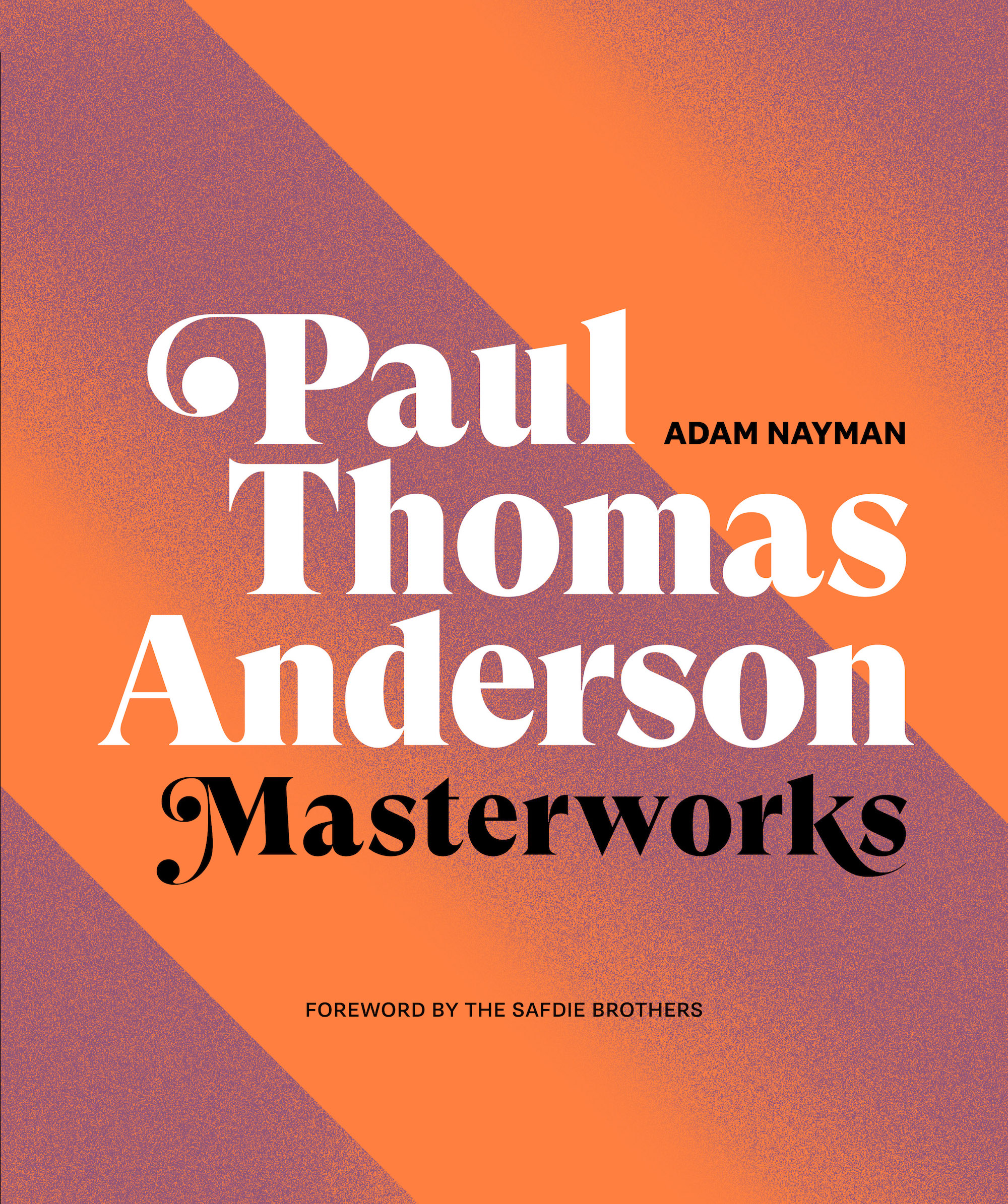Cosmic Humanity | Adam Nayman’s Paul Thomas Anderson: Masterworks
Reviews
By William Boyle
I saw Paul Thomas Anderson’s Hard Eight when it came out in early 1997. I was eighteen and deeply into movies. I loved it, a character-driven crime drama set in casinos and diners and dive motels, but—at the time anyhow—it didn’t feel terribly unique. It was simply part of the glut of very good and excellent films coming out of the American indie scene. The worst films in this era were blowsy Tarantino rip-offs, but Anderson clearly had another angle, drawing on an aesthetic that felt more rooted in the New Hollywood of the ’70s. Here was a young director not just trying to be The Next Big Thing but instead clearly gunning to make his California Split (Robert Altman is the director whose influence looms largest over Anderson’s career). Later that same year, Anderson’s second film, Boogie Nights, released to great fanfare and he suddenly was, in fact, The Next Big Thing. As someone who has always been averse to hype, I liked Boogie Nights a lot but didn’t revere it. I preferred the gloomy confines of Hard Eight. In ’99, I was twenty going on twenty-one and Magnolia felt like a big, pompous riff on Altman’s Short Cuts. God, was I stupid. Since then, particularly in the last decade, it’s become one of my all-time favorite films, all heart and sincerity and empathy, a work of staggering beauty. Punch-Drunk Love was an immediate masterpiece in my eyes—someone had finally used Adam Sandler the right way! Since then, every Anderson film has been a major event during a stretch of time when movies rarely feel like events anymore. I love all of his films and could very easily fall into the boring business of trying to rank them or exploring my deep obsession with Inherent Vice or making a case for The Master and Phantom Thread as dark comedies, but that’s not why we’re here. Film critic Adam Nayman has written a book called Paul Thomas Anderson: Masterworks that’s both a necessary companion to the films and also a study of great detail and devotion that stands on its own, made not only for Anderson devotees but for anyone interested in learning how to gracefully approach an artist’s body of work.

This book comes at just the right time for me, as I’ve recently completed a rewatch of Anderson’s entire filmography. Some of the films I’ve seen very often (Inherent Vice and Magnolia, the shaggiest of the eight, are the ones I’ve watched the most) and some I’ve only seen three or four times. It was an illuminating watch-through, caught up as I was in the thoroughness and control of Anderson’s overarching vision. It is impossible not to marvel at how far ahead of the curve he was. (I clearly wasn’t emotionally ready for Magnolia in 1999, for instance, but the movie was already there, waiting for me to catch up.) Adam Nayman first came to my attention with his defense of Showgirls, a film I’m also quick to defend. His next book, The Coen Brothers: This Book Really Ties the Films Together, was a deep dive into the cinematic universe of the Coens. PTA: Masterworks is very much cut from the same cloth. It’s a gorgeous coffee table book, one you could easily just pick up and flip through, admiring film stills and original art, but it’s also a well-researched and thoughtful work of analysis and biography.
I own a few coffee table books—mostly dedicated to the work of painters and photographers I admire—but generally I find them unwieldy. In my mind, the best books are the ones you can easily carry, which is why I’ve always preferred pocket paperbacks to hardcovers. But, on an aesthetic level, it’s hard to ignore the fact that this book is flat out stunning. The cover art somehow matches the tone of Anderson’s work. When I think of his films, I think of these same shades of orange and purple. I think of fonts like this that seem to be born to lend themselves to his specific brand of pop masterpiece. And the title, probably mistaken as pretentious by those who are especially sensitive to anything that could be perceived that way, is actually—like so many of Anderson’s films—secretly funny. Aside from Nayman’s critical reckoning with Anderson’s work, the book is chock-full of supplemental material. A foreword by Josh and Benny Safdie (the only other directors to use Sandler to his full potential) finds them riffing on their debt to Anderson and expressing the joy of being guided and shaped by Anderson’s “cosmic humanity” and “lived-in” style. There are also a series of interviews with Anderson’s collaborators—producer Joanne Sellar, editor Dylan Tichenor, cinematographer Robert Elswit, composer (and member of Radiohead) Jonny Greenwood, production designer Jack Fisk, costume designer Mark Bridges, and star of Phantom Thread Vicky Krieps—that take up nearly the last quarter of the book and lift it to other levels in the extras department.

With a book like this, a typical question might be, Is it worth it? Well, with a list price of only forty bucks, it’s more than worth it. For devout fans of Anderson’s work, it’s a no-brainer, an opportunity to see the films through Nayman’s lens. While I don’t always fully agree with his takes, this is certainly the most profound and substantial work on Anderson and is likely to remain so for a long time. With one exception, he does not arrange the films in chronological order by year of release, as you might expect. Nayman instead opts to approach the films chronologically in terms of when they’re set. Thus, he begins with There Will Be Blood and The Master and then jumps ahead to Inherent Vice and Boogie Nights. From there, it’s Hard Eight, Magnolia, and Punch Drunk-Love. Finally, there’s Phantom Thread, the outlier in Anderson’s oeuvre, the only one not set in America, a period piece that chronologically belongs near the beginning but winds up at the end, a straggling masterpiece. I couldn’t have anticipated the effect that ordering the films this way might have on me, but it did in fact force me to look, to see, in new ways. Like Anderson’s films, it places a demand on its audience to interact with the body of work more intimately, to notice the overall-ness of it, the beautiful (phantom) thread stitching it all together.
Great care has gone into the design and production of this book. I have recently seen some film books, no doubt rushed to publication, where large stills are sucked up in the crease of the binding. No such issues arise here. The presentation of the stills is flawless, even those split across two pages, and they feature meaningful captions. Abrams put out the book in conjunction with Little White Lies, whose team is responsible for the design and illustrations. Trust me when I say that one of the biggest draws here is the group of original illustrations done for each film. They’re all knockouts, worthy of buying prints from the artists and framing them, for sure. My favorite might be Tim McDonagh’s for Punch-Drunk Love, which pops with color and feels electric on the page. I also love Nayman’s asides on Anderson’s film collection, a recurring feature where he spends time focusing on the films that influenced Anderson. Each of these films has some major connection to the work under discussion. Anderson’s love of George Stevens’s Giant makes for a clearer picture of There Will Be Blood, and the same is true of pairing Martin Scorsese’s The Color of Money with Hard Eight and David Lean’s The Passionate Friends with Phantom Thread.

Like Anderson’s films, the book feels saturated with meaning and intent but it’s also fun. This is a difficult thing to pull off, which probably explains the level of Anderson’s success. Daniel Day-Lewis’s Reynolds Woodcock in Phantom Thread might very well be a stand-in for the obsessive Anderson, a filmmaker truly devoted to performing his craft with precision, to working at the absolute highest level and being sick with disgust over anything less. The book is equally obsessive in its consideration of an auteur who manages to remain mostly mysterious. It’s also, in matching the mystical and often comical aura of its subject, not very self-serious. The title page reads: “PTA: Masterworks, As a gift to Homo Sapiens, Adam Nayman, M.O.C., PhD, MD.” It’s a goof on the sort of front matter that used to appear in books, a joke that functions like the fart scene in The Master, and it reminded me of the humor found in Robert Burton’s seventeenth-century tome The Anatomy of Melancholy. In fact, this obsessively organized monograph functions very much as an anatomy of Anderson’s career in all of its spectacular and aching glory. It places Anderson in time and makes us feel even luckier to bear witness to his vision.
William Boyle is the author of the novels Gravesend, The Lonely Witness, A Friend Is a Gift You Give Yourself, and City of Margins. His novella Everything Is Broken was published in Southwest Review Volume 104, numbers 1–4. You can hear him talking about Paul Thomas Anderson to Travis Woods on Increment Vice here.
More Reviews



